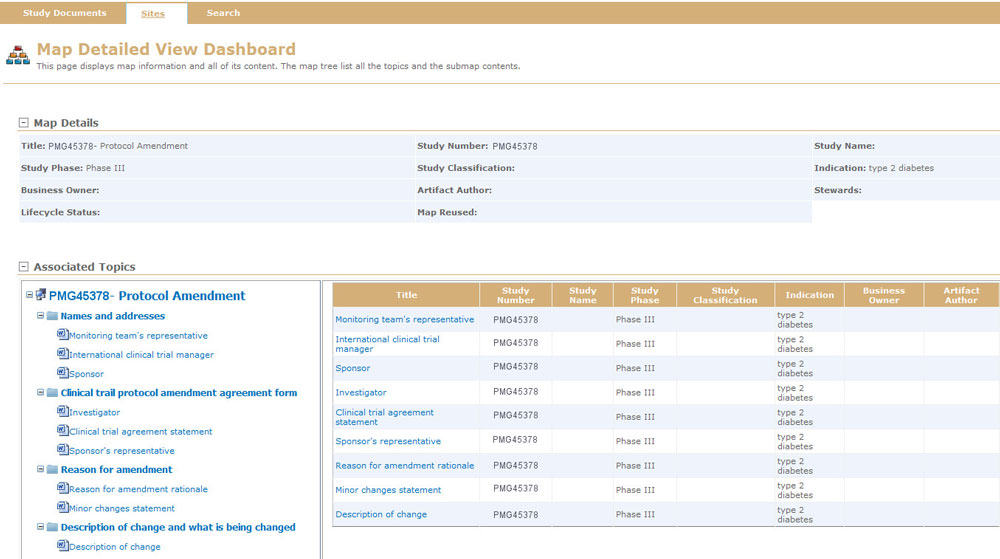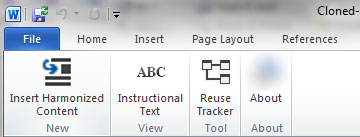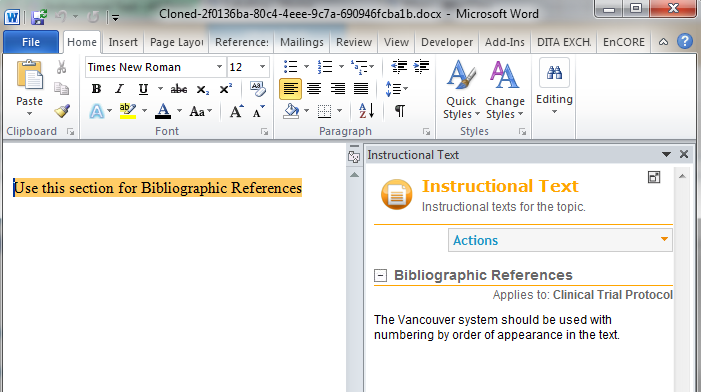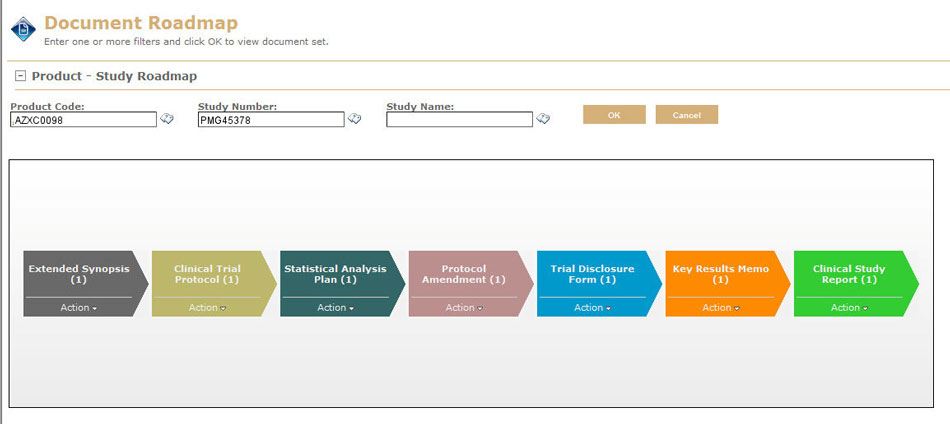Improve Efficiencies and Quality in Clinical Documentation Using Structured Content and DITA
Business Challenges
Pharmaceutical companies generate a large number of documents during their product development lifecycle. Many are submitted to health agencies, public databases, or external partners. Document submissions have their own lifecycle. The processes and technical platforms used to create documents are complex and expensive. They must create submissions in acceptable formats. There are risks due to disjointed processes and the number of tools used to produce documents. The ad hoc processes in place to ensure consistency and quality of content across documents generated through the clinical or product development lifecycle are manually intensive and raise major risks.
Documents such as these, and in other regulated industries, lend themselves to structure. They can be organized into discernible blocks that provide potential for content reuse. However, creating, implementing, and using this type of reusable content requires change. Those changes impact people, processes, and technology.
The ArborSys Solution
ArborSys worked closely with our client in the design and development of their enterprise-wide program aimed to improve clinical information management capabilities in order to maximize the value of clinical content and documentation. The program is comprised of three parts: process simplification, services delivery, and tools. Process simplification streamlines and improves processes in the document lifecycle. Services delivery provides new processes and functionality for business users. Tools includes a structured content management (SCM) solution to improve productivity, quality, and decision-making in the management of documents.
The first goal of SCM is the reuse of content. Reuse increases productivity and quality. The second goal is to publish content in multiple formats. That makes it faster to produce documents in different formats and it improves quality. Topics may be reused in any type of document. Each may have its own format and publishing requirements.
ArborSys collaborated with DitaExchange for software tools to deliver content. DitaExchange software makes it easy for businesses to create, manage, share, and deliver content. It enables them to reuse and publish it anywhere, consistently, in any format, and across any web application or media or publishing channel. As shown below, the software leverages Microsoft Office and SharePoint capabilities with its “Maps and Topics” information architecture.

The services delivery model focused on frequently adding new processes and functions. The program team needed an approach that incrementally and continually delivered business value with new services. They also wanted to make users familiar with the technical and process changes delivered through the SCM tool. The Agile project methodology was perfect for their needs. It was adopted and used throughout the program. ArborSys worked closely with the project team to define the process simplification, new services, and tool improvements for each sprint and release.
Following the Agile methodology, new releases came every three months. This allowed the program add new services and to iterate. The program could make changes to meet the customers’ needs and resolve problems quickly through close collaboration with the users and business sponsors. To facilitate these iterations, the concept of “models” was employed. Models are simply controlled trials of new services. They could include new processes and tools. Small groups of users participated in each model. They provided feedback that was included in the next release.
There were several people-centric challenges. The authors of content needed to change their paradigm of writing. They needed to create topics, not documents. There were issues with the level of granularity that they could manage. Content can be a section, paragraph, or sentence. Content is created as reusable chunks. Topics are created from these chunks. Writing paradigms had to change for this to be effective. The usability of the tool was also an issue. It had to meet the needs of authors. They had to be able to create content. It also had to support automation of business rules. The ArborSys team developed a variety of point solutions (or Apps) to assist authors in writing in this new paradigm. For example:
- Providing instructional text for authors to reference when writing an individual topic.


- Providing a simple user interface for accessing the compendium of documents related to a single study.

There were training challenges also. The constant release of new services and tool functions required an on-going training effort. Users had to be trained for each model and for each release.
Value Delivered
The agile approach has delivered new services and tool functionality periodically. This created an on-going transition challenge. ArborSys developed strategic and tactical plans to address transition. This included change management, communications, and training.
ArborSys created communications and transition materials. These were for the overall program, but designed to be highly reusable for the periodic releases. The materials and messaging were branded to create an identity. This increased recognition of the program as well as the SCM tool. Communications were distributed to stakeholders and the business audience for each release. Several channels and media were used for each communication to make sure it was received and acted upon. A communications website was created to be the go-to source of information for those impacted by the change.
Communications and training supported each release of new services and functionality. Promotional messages were distributed in advance. This made sure that users were aware of what was coming and when. Transition materials supplied users with any necessary instructions and support specific to their needs. Hands-on classes and e-learning was provided when needed for specific processes and tools. Communications and training supported each release of new services and functionality. Promotional messages were distributed in advance. This made sure that users were aware of what was coming and when. Transition materials supplied users with any necessary instructions and support specific to their needs. Hands-on classes and e-learning was provided when needed for specific processes and tools.
The program was immediately recognized as a success. It improved efficiency and enhanced information management capabilities across all clinical entities. Key benefits included:
- The ability to leverage standardized content through the authoring process (via a standard content library that was implemented)
- Improved usability and easy navigation to relevant content (documents and topics)
Microsoft awarded the program with a Microsoft Life Sciences Innovation Award. The award recognizes companies that utilize Microsoft technologies to reduce redundancies and costs, and ultimately bring discoveries to market more quickly.
You can also read the Microsoft Case Study for the project.
Want to learn more?
For more information about this case study or any of our services, contact us by email: sales@arborsys.com
